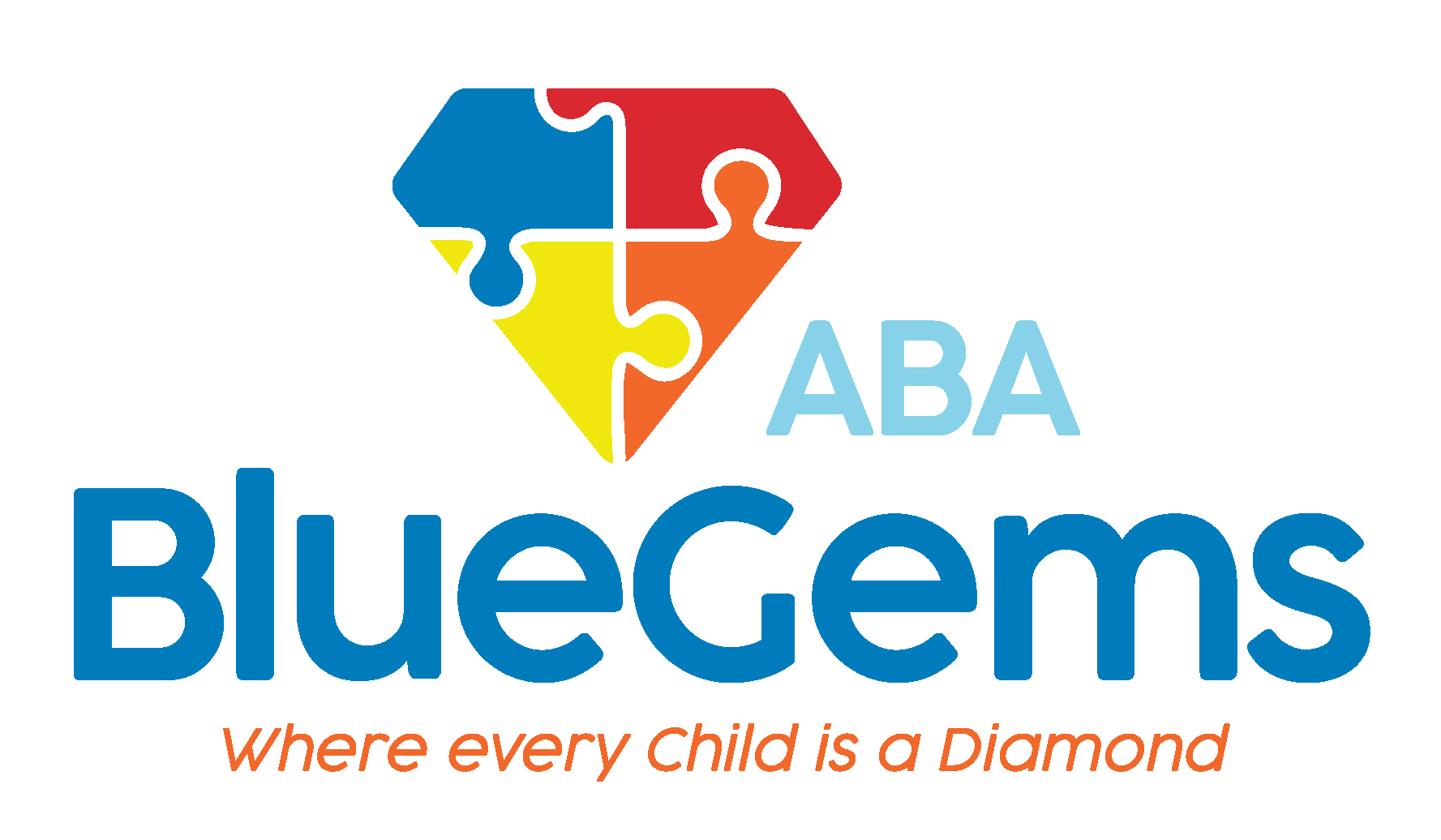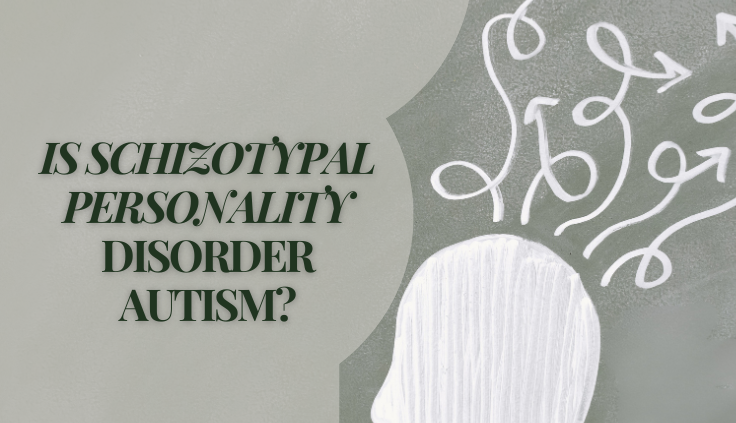Is Schizotypal Personality Disorder Autism?
Despite the amazing advances in research in the last 25 years, there are still many challenges when it comes to identifying and diagnosing autism spectrum disorder (ASD). A major reason for this, of course, is that there isn’t a blood test or other medical exam that can be done to definitely determine whether a person has autism.
Instead, diagnoses are made based on certain behaviors that a person exhibits. This includes facing difficulties with social interactions and communication, as well as repetitive behaviors, restrictive interests and/or sensory sensitivities.
At times, autism might go undiagnosed — or even misdiagnosed as something else — because of some of the diagnostic challenges. There are some other disorders and conditions that present the same way in certain people at certain ages, making accurate diagnosis even more difficult.
Schizotypal Personality Disorder (SPD) is one such condition that shares a lot of common traits to autism. This has led some people to question whether schizotypal personality disorder is autism.
We’ll dive into the similarities and differences of SPD and ASD below.
Table Of Contents
What is Schizotypal Personality Disorder?
The main characteristics of Schizotypal Personality Disorder include detachment as well as indifference to engagement, interactions and social relationships. People who have SPD are often not very interested in interacting with people socially1.
As a result, others may describe people with SPD as being isolated or loners. This is especially true because people who suffer from the condition will often do as much as they can to avoid interactions all together — sometimes even arranging their lives so that they don’t have to interact with others.
People who have SPD typically are very self-sufficient and independent2. They also will avoid most activities that might diminish their autonomy.
The condition also causes people to have trouble with eye contact, speak in a monotone or flat voice and have concrete speech and thought processes as well as mental rigidity.
SPD is a condition that is more common in men, and estimates say about 4.9% of the general population is affected by it.
What is the Overlap Between SPD and ASD?
The Diagnostic and Statistical Manual of Mental Disorders (DSM-5) is one of the leading tools that professionals use to guide their diagnosis of autism, SPD and many other mental disorders.
Even it says that it can be very difficult to discern between SPD and ASD due to many of the overlapping signs and symptoms. Taking this one step further, some studies have said that a very high percentage of people on the autism spectrum would also meet the diagnostic criteria for SDP.
SPD has historically had a higher prevalence rate than ASD, but that is starting to change a bit as the number of autism cases have risen significantly in the last 20 years. Some experts now believe that many people who were diagnosed with SPD in childhood may have been misdiagnosed — and had ASD all along.
The DSM-5 actually highlights this belief, as it says that an SPD diagnosis can only be given once pervasive developmental disorder has first been ruled out. In other words, professionals must first decide whether a person has autism, and then should only evaluate them for SPD if ASD is ruled out.
It’s believed that a main reason why SPD and ASD are so similar is because neuroimaging and genetic studies have found links between them. This has led to some researchers speculating that SPD and ASD should be considered on a similar “spectrum,” since they share so many links genetically.
They believe, in fact, that a lot of people who have SPD could also be on the broader autism phenotype.
How Are SPD and ASD Treated?
Because so many of the symptoms of SPD and ASD are similar, they can be treated in similar ways. Applied behavioral analysis, or ABA therapy, is considered the gold standard treatment for people on the autism spectrum, and it can prove to be very effective for people with SPD, too.
This evidence- and science-based approach to learning and behavior helps people modify their behaviors and expand their learning so they can improve the social, communication and daily life skills with which they often struggle.
ABA therapists work on a one-to-one basis with all patients, using positive reinforcement and repetition to build these skills over time.
Blue Gems ABA Treats Children with ASD and SPD
There are so many similarities between Schizotypal Personality Disorder and ASD that many people have questioned whether SPD is genetic autism. This isn’t the case, though many research studies have found definitive links between the two disorders.
At Blue Gems ABA, our team of dedicated therapists administers ABA therapy to children on the autism spectrum and those facing challenges due to other similar conditions. We craft personalized treatment plans that are based on each individual patient’s unique strengths and challenges, which helps them build skills more successfully.
To learn more, please contact us today.




